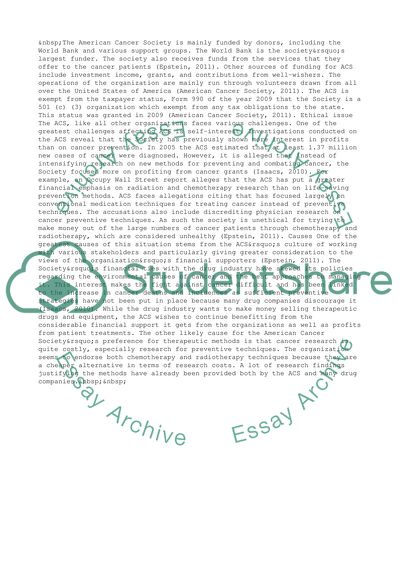Cite this document
(“Analysis of the American Cancer Society and General Motor Company Ltd Essay”, n.d.)
Retrieved from https://studentshare.org/business/1487888-week
Retrieved from https://studentshare.org/business/1487888-week
(Analysis of the American Cancer Society and General Motor Company Ltd Essay)
https://studentshare.org/business/1487888-week.
https://studentshare.org/business/1487888-week.
“Analysis of the American Cancer Society and General Motor Company Ltd Essay”, n.d. https://studentshare.org/business/1487888-week.


